Higher classification Wolf's bane | ||
 | ||
Similar Wolf's bane, Bryonia, Mountain arnica, Hemlock, Aconitum lycoctonum | ||
Aconitum napellus monkshood a poisonous beauty
Aconitum napellus (monk's-hood, aconite, wolfsbane) is a species of flowering plant in the genus Aconitum of the family Ranunculaceae, native and endemic to western and central Europe.
Contents
- Aconitum napellus monkshood a poisonous beauty
- Poisonous plants 1 2 1 aconitum napellus monkshood
- Cultivation
- Subspecies
- Uses
- Toxicology
- References
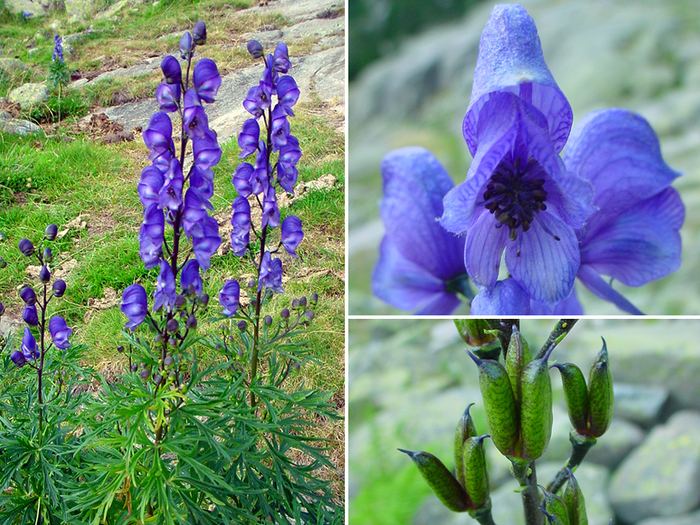
It is an herbaceous perennial plant growing to 1 m (3 ft 3 in) tall, with hairless stems and leaves. The leaves are rounded, 5–10 cm (2.0–3.9 in) diameter, palmately divided into five to seven deeply lobed segments. The flowers are dark purple to bluish-purple, narrow oblong helmet-shaped, 1–2 cm (0.39–0.79 in) tall.
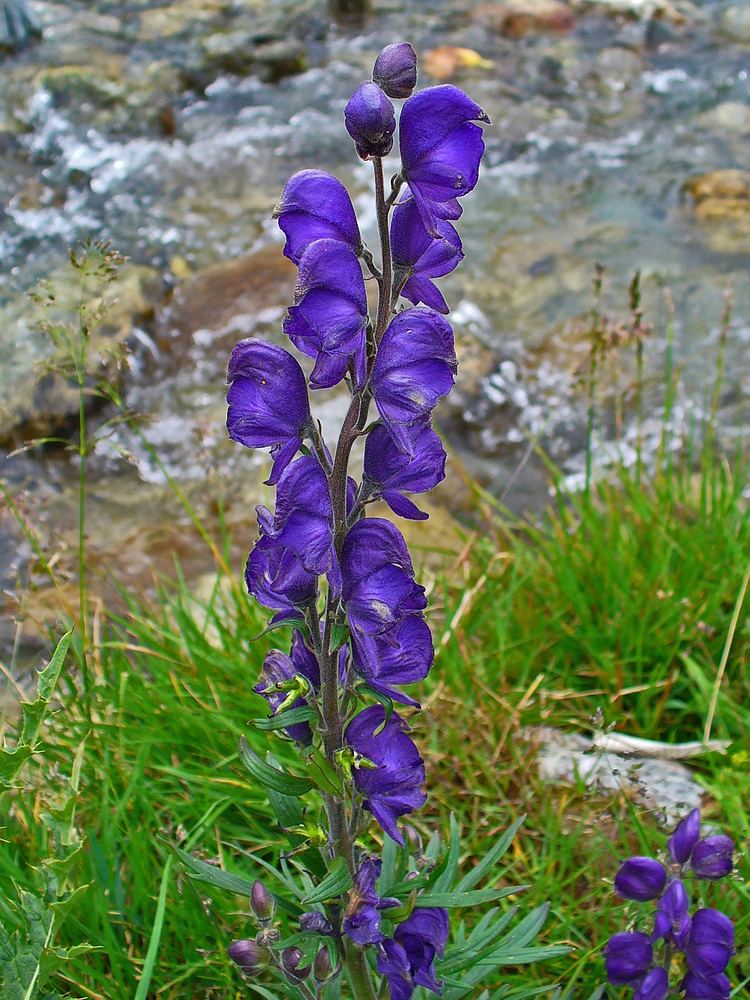
Plants native to Asia and North America formerly listed as A. napellus are now regarded as separate species.
Poisonous plants 1 2 1 aconitum napellus monkshood
Cultivation
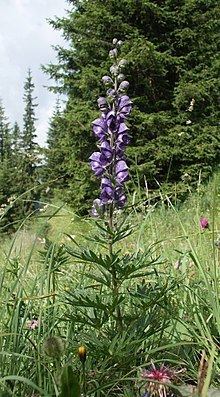
A. napellus is grown in gardens in temperate zones for their spiky inflorescences that are showy in early-mid summer, and their attractive foliage. There are white and rose colored forms in cultivation too. The cultivar 'Spark's Variety' has gained the Royal Horticultural Society's Award of Garden Merit.
Subspecies
Nine subspecies are accepted by the Flora Europaea:
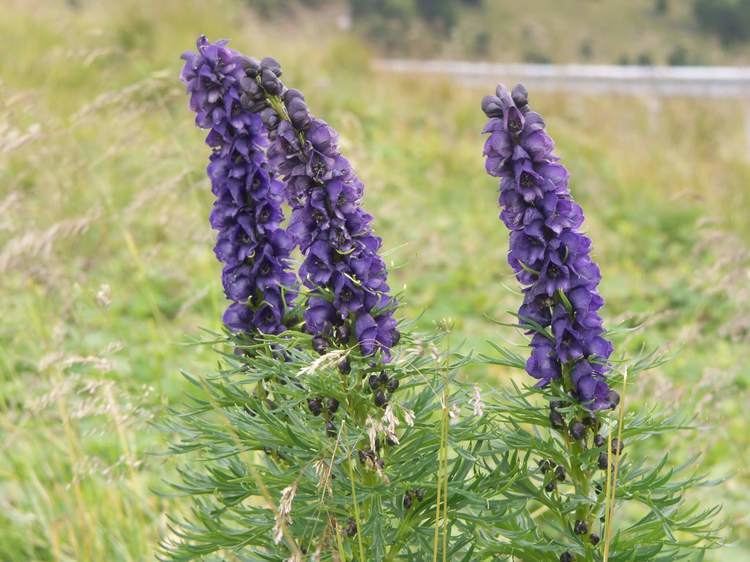
Uses
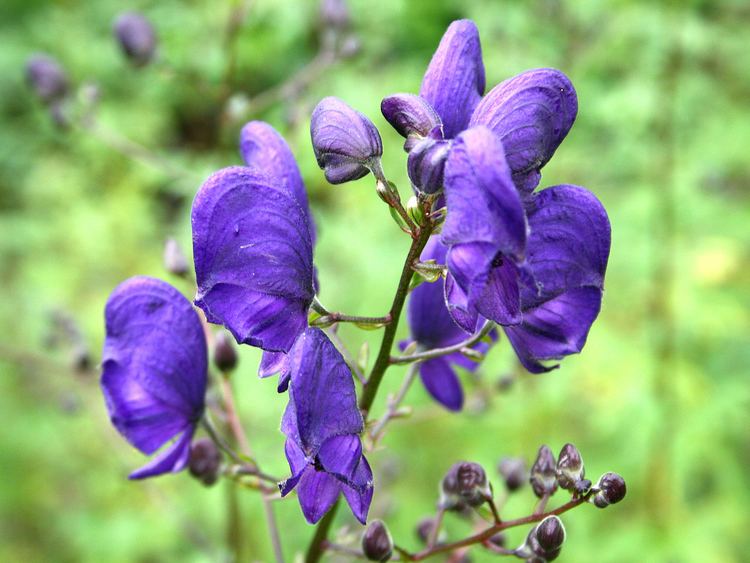
Aconitum napellus is grown in gardens for its attractive spike-like inflorescences and showy blue flowers. It is a cut flower crop used for fresh cutting material and sometimes used as dried material. The species has a low natural propagation rate under cultivation and is propagated by seed or by removing offsets that are generated each year from the rootstocks. The use of micropropagation protocols has been studied. This species has been crossed with other Aconitums to produce attractive hybrids for garden use, including Aconitum × cammarum.
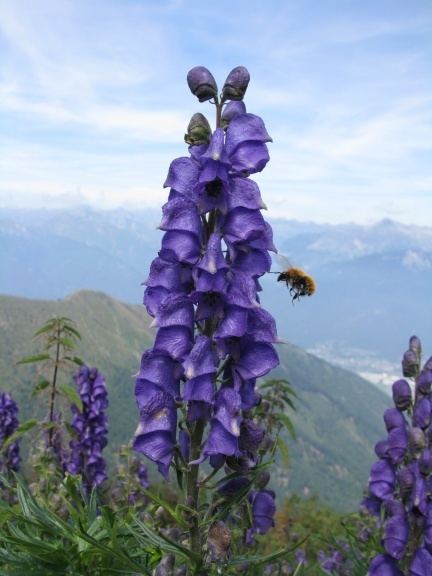
Like other species in the genus, A. napellus contains several poisonous compounds, including enough cardiac poison that it was used on spears and arrows for hunting and battle in ancient times. A. napellus has a long history of use as a poison, with cases going back thousands of years. During the ancient Roman period of European history, the plant was often used to eliminate criminals and enemies, and by the end of the period it was banned and anyone growing A. napellus could have been legally sentenced to death. Aconites have been used more recently in murder plots; they contain the chemical alkaloids aconitine, mesaconitine, hypaconitine and jesaconitine, which are highly toxic.
Toxicology
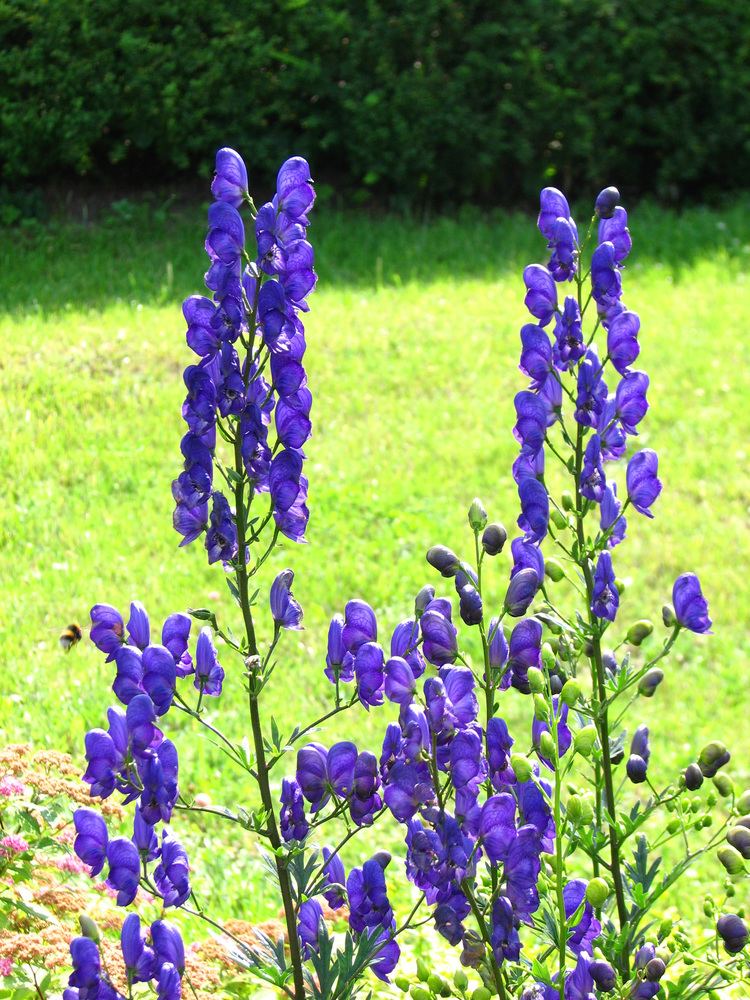
Marked symptoms may appear almost immediately, usually not later than one hour, and "with large doses death is almost instantaneous." Death usually occurs within two to six hours in fatal poisoning (20 to 40 mL of tincture may prove fatal). The initial signs are gastrointestinal including nausea, vomiting, and diarrhea. This is followed by a sensation of burning, tingling, and numbness in the mouth and face, and of burning in the abdomen. In severe poisonings pronounced motor weakness occurs and cutaneous sensations of tingling and numbness spread to the limbs. Cardiovascular features include hypotension, sinus bradycardia, and ventricular arrhythmias. Other features may include sweating, dizziness, difficulty in breathing, headache, and confusion. The main causes of death are ventricular arrhythmias and asystole, paralysis of the heart or of the respiratory center. The only post-mortem signs are those of asphyxia.
Treatment of poisoning is mainly supportive. All patients require close monitoring of blood pressure and cardiac rhythm. Gastrointestinal decontamination with activated charcoal can be used if given within one hour of ingestion. The major physiological antidote is atropine, which is used to treat bradycardia. Other drugs used for ventricular arrhythmia include lidocaine, amiodarone, bretylium, flecainide, procainamide, and mexiletine. Cardiopulmonary bypass is used if symptoms are refractory to treatment with these drugs. Successful use of charcoal hemoperfusion has been claimed in patients with severe aconite poisoning.
Poisoning may also occur following picking the leaves without wearing gloves; the aconitine toxin is absorbed easily through the skin. In this event, there will be no gastrointestinal effects. Tingling will start at the point of absorption and extend up the arm to the shoulder, after which the heart will start to be affected. The tingling will be followed by unpleasant numbness. Treatment is similar to poisoning caused by oral ingestion and even handling the plant without gloves has been reported to result in multi-organ failure and death.
Aconitine is a potent neurotoxin that opens tetrodotoxin sensitive sodium channels. It increases influx of sodium through these channels and delays repolarization, thus increasing excitability and promoting ventricular dysrhythmias.
